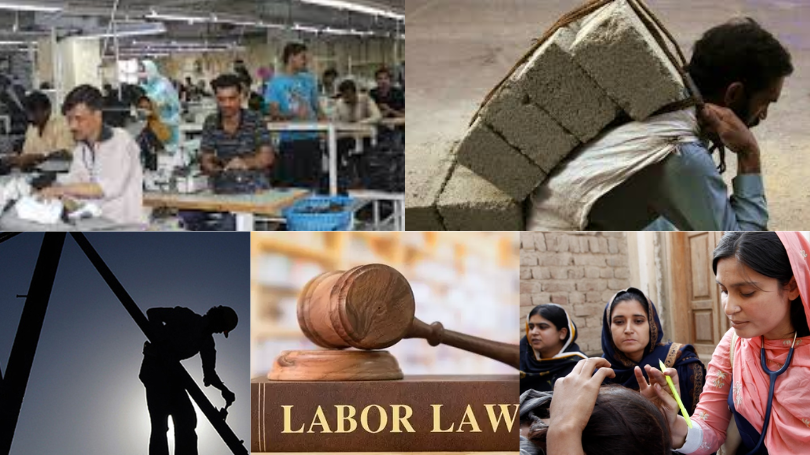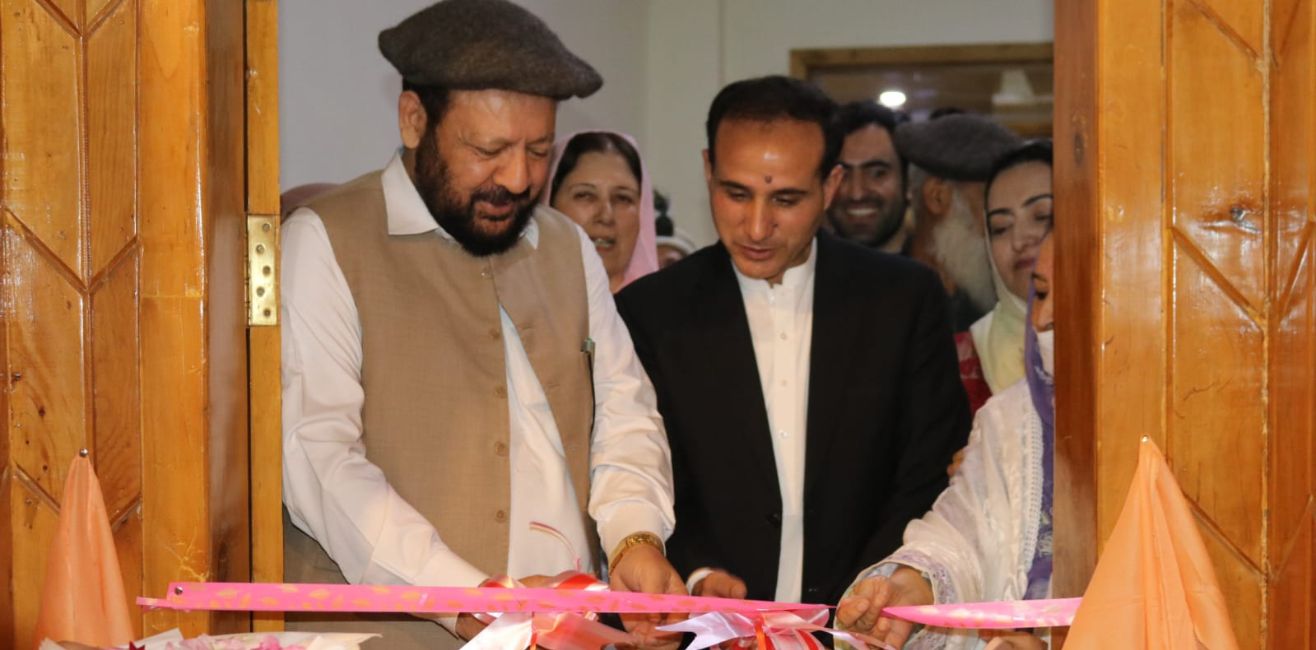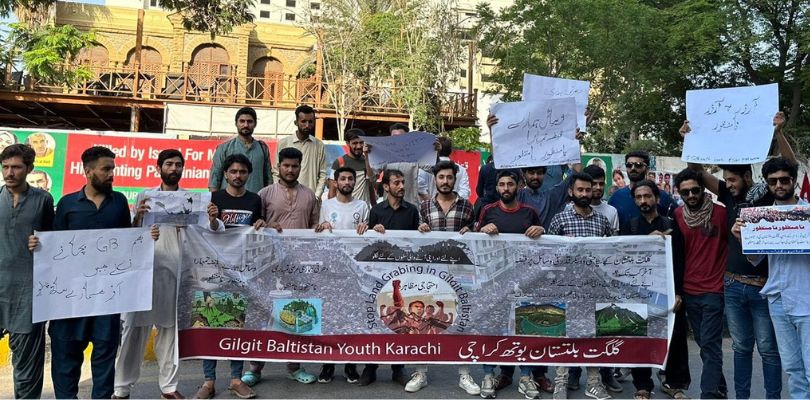By C.R. Akbar Shah
The working class associated with the private sector faces the worst sort of exploitation in Gilgit-Baltistan (GB). Among the labor laws provided in the constitution of Pakistan, only 14 are applicable in GB, that too without any implementation.
Contrary to the rest of Pakistan, labor rights institutions, i.e. labor directorate, labor courts, and labor Appelate court are non-existent in GB. Consequently, workers are faced with difficulties in their fight against exploitation and rights abuse.
According to an estimate, there are 56000 public sector employees. The number of private-sector employees is estimated to be double that of the public sector. Nevertheless, no legislation and policy exists to protect the rights of the working class.
Amongst all, teachers of private sector educational institutions and journalists associated with print media are subjected to a worst sort of exploiation. The employers do not feel bound by the labor laws mostly owing to no check from the authorities.
There exist a sharp disparity in the income of workers associated with private sector and public sector institutions. Faced with long working hours, the private sector workers receive meager payment of Rs. 6000-9000 without any increment. In contrast, government employees relatively enjoy better salaries with10% annual increment.
Trade unions and workers associations have been demanding an increase in the wages but to no avail. Though provincial and federal governments directs the private sector to increase the salaries of their employees along with provision other benefits, such announcement never saw any practical implemetation.
To ensure better working conditions, a resolution was passed unanimously during the tenure of former government of Pakistan Muslim League Nawaz (PMLN). But, as usual, this resolution was also thrown into the dustbin.
To ensure protection of labor rights in GB, its pivotal to implement upon the labor laws. Moreover, there is a dire need of new legislation and policy formaulation in connection with wages and salaries of workers at private sector.














